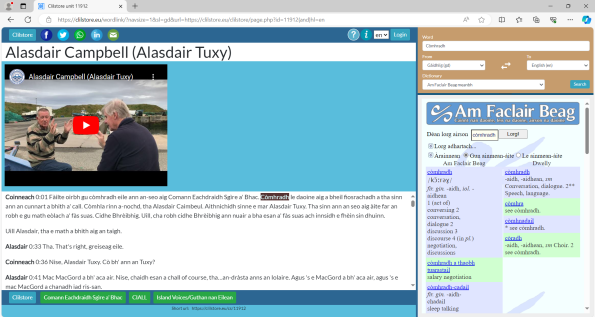Here’s the fourth of our series of blogposts by Mary Morrison in which she reflects on the Aire Air Sunnd project led by Comann Eachdraidh Uibhist a Tuath. As with her previous posts, comments are welcome!
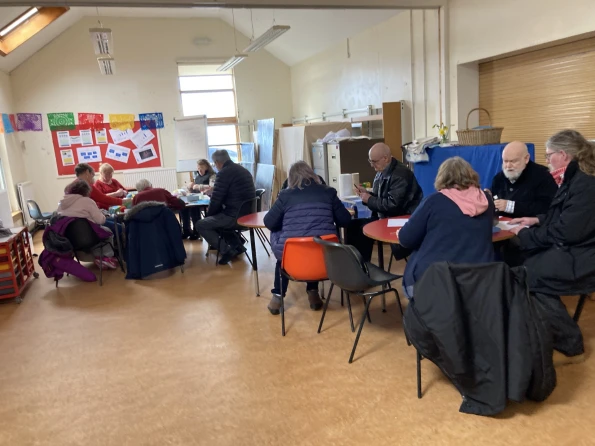
Mary writes:
Cafaidh Gàidhlig agus Feasgar Dimàirt.
‘Even the sheep and cows seemed to know who we were.’
During February and March the wellbeing and Gaelic groups have spent an interesting time sharing our thoughts about the place of North Uist, based on the key findings of the CEUT 2023 Community Survey. We have tried to explore further the unspoken, deeper meanings lying beneath our concerns, in order to provide more pressing evidence to convince potential funders of the urgency of our bids for the refurbishment of Sgoil Chàirinis, as a Gaelic, heritage and wellbeing community centre.
The common concern underlying these activities is our attempt to define CEUT’s role in so far as it may contribute to the local communities’ sense of wholeness, robustness and cheerfulness. The project wants to encourage some form of cultural shift, using the aspects of our place that are our greatest assets to fortify the island’s biological, environmental and human wellbeing. The wisdom inherent in vernacular voices and local practices may be best suited to reach the centres of power and exert some influence?
The ideas developed during Feasgar Dimàirt will also be incorporated into a community mural, (or separate panels of such a wall hanging) to celebrate the unique heritage and resilient Gaelic culture of North Uist – a collaborative visual legacy for the project, and a way of combining a wide range of the communities’ artistic and storytelling talents. We are grateful to our partners here, Caraidean Uibhist and Sgoil Uibhist A Tuath for collaborating so willingly in this placemaking effort.
To begin the process of mural shaping we discussed what made us most happy about living on North Uist. The listening was intent, the group itself seemed at home, offering respect, calmness and space to put complex ideas and feelings into words, at our own pace, often qualifying and refining these.
Our recurring ideas:
- the magic or spell of the place, the land and its unique, unchanged qualities
‘Clarity of the light’, ‘changing colours of the water’, ‘layers of colours of the sand the seaweed and the sea as it stretches to infinity’, ‘poetry of creation’, ‘the sound of the sea’, ‘roaring like traffic’, ‘mindfulness’, ‘losing yourself’, ‘birdlife”, ‘walking for ever without a destination’, ‘the capacity of the environment to change so suddenly’, ‘peace and beauty’, ‘a constant surprise’.
- identity, family and ancestors – especially for our indigenous dwellers
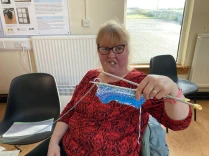 Gaelic method of reciting of the male members of a family tree, sloinneadh, all the precious ‘connections to the local community’, heritage of knitting, peats, creel and rope making, weaving, families widening out but often returning, ‘recognising our closeness to other cultures‘, ‘confidence in new life’, growth – babies of all species- keeping the ceilidh culture and the songs going, the ‘friendliness’ of the community.
Gaelic method of reciting of the male members of a family tree, sloinneadh, all the precious ‘connections to the local community’, heritage of knitting, peats, creel and rope making, weaving, families widening out but often returning, ‘recognising our closeness to other cultures‘, ‘confidence in new life’, growth – babies of all species- keeping the ceilidh culture and the songs going, the ‘friendliness’ of the community.
- placemaking, local names, wells and the need to map, signpost and mark these
‘Views that have remained unchanged from what our ancestors saw’, noticing the changes in coastline, species, disappearance of Gaelic, wells, standing stones and their stories, some urgency to preserve. ‘Getting more sentimental as I grow older’. Mention here of milestones, waymarks trails, mapping the area for future generations and visitors, with the stories attached to them.
- and for settlers or returners, the profound sense of suddenly belonging, feeling at home and enriched by the place
‘Last night the tide was very high, I went out and stood, just watching it.
I suddenly felt so glad to be living.’
‘Glad to be here’
‘Coming from a dry, hot and dusty area, the silence, nothing, the sound of the sea was astonishing.
‘Even the sheep and cows seemed to know who we were’
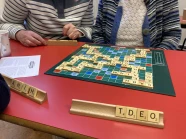 The Cafaidh Gàidhlig sessions were also held in Sgoil Chàirinis over February and March. Smaller numbers here made these more intimate occasions and provided Gaelic speakers with an opportunity to speak freely in an informal setting. Games and learning activities, including the new Gaelic version of Scrabble and a beginners’ Gaelic lesson were available each morning.
The Cafaidh Gàidhlig sessions were also held in Sgoil Chàirinis over February and March. Smaller numbers here made these more intimate occasions and provided Gaelic speakers with an opportunity to speak freely in an informal setting. Games and learning activities, including the new Gaelic version of Scrabble and a beginners’ Gaelic lesson were available each morning.
Gaelic speakers were able to engage fully in profound conversations without having to give way to English. What was noticeable, to a learner was the ‘comfort’ of the speakers, the remarkable concentration on listening to each other, the lack of interruption, the implicit natural respect in turn taking, the quality of engagement, agreement and reinforcement for each speaker, the rapidity of the flow of cadence and expression, together with the ease and frequent hilarity of the discussion. To a learner, it felt like a privilege to be included so fully within the ‘cosmos’ of the language as it is spoken naturally, something that lessons rarely capture.
Areas discussed included:
- people’s experiences of attending school away from Uist and living in school hostels and all that that entailed in terms of displacement and Gaelic use
- broader discussion of the use of the Gaelic language in the Uist community
- the urgency of what we can do to ensure that Gàidhlig has a future as a viable community language
- recognition that we need to make people aware that the language is here, and to use it in as many contexts as possible (for example, a young woman who works in a local supermarket told us that it is quite normal for her to use Gaelic in her encounters with customers, but less so in other settings)
- we recognise the use of Gaelic depends heavily on the context. Discussion of the importance of parents of those in Gaelic-medium education using Gaelic in the home and socially
- recent research has shown that Gaelic has been losing its ‘domains’ of use in the public sphere, but also in social life, particularly amongst the young.
- use of digital, Gaelic and bilingual mapping for waymarking walks to local heritage sites
There followed a discussion about activities which would promote Gaelic and provide a greater presence for the language in the community.
- one man present had provided crofting life experiences in the past
- CEUT has organised summer walks to sites of interest over the past few years. The walks have been led by Gaelic speakers and delivered primarily in Gaelic. People have commented on how much they enjoyed listening to the information being presented in Gaelic, even if they didn’t understand all, or indeed, any of it. An English ‘crib sheet’ was always available .
- the valuable interviewing and recording work which has taken place over the years, preserving people’s language, knowledge and experience. This work is very much ongoing and can be found on Guthan nan Eilean. It can also also be enriching for both interviewer and interviewee
- The observation was also made that the register of Gaelic language used depends heavily on context and setting
A discussion followed as to what may be done to ensure that Gaelic has a viable future as a living community language in the face of many challenges. The most pressing being the lack of Gaelic use among the young, for whom English tends to be the default language, even for those attending Gaelic-medium education.
Members of both groups expressed a wish for the two activities to continue and we are hoping these will become monthly CEUT events, keeping up the momentum, closeness and energy the pilot events have inspired. We have recorded the speakers who have led the discussions so far and still have more to record, especially the evening talk on Coastal Erosion with Stuart Angus in the final week in July.
As Michael Newton states in ‘Warriors of the Word’:
‘As the Gaelic sense of place is one in which communal history is embedded in the placenames attached to landscape features, it depends to a great degree upon understanding the language in which the placenames were coined’.


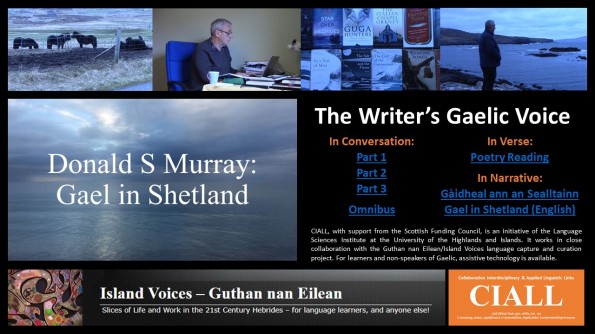
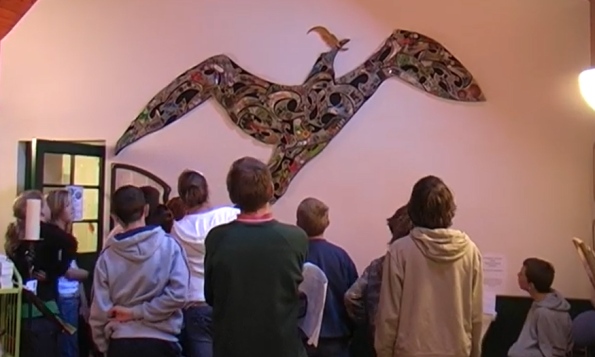
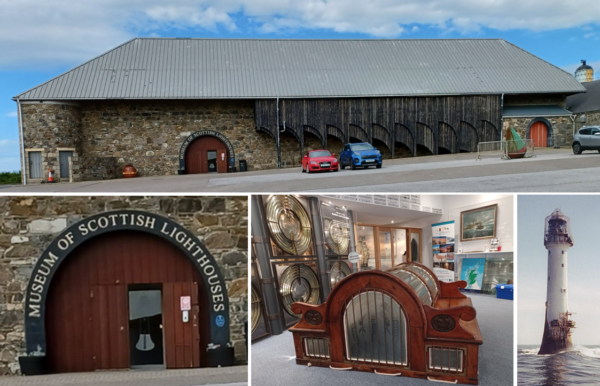
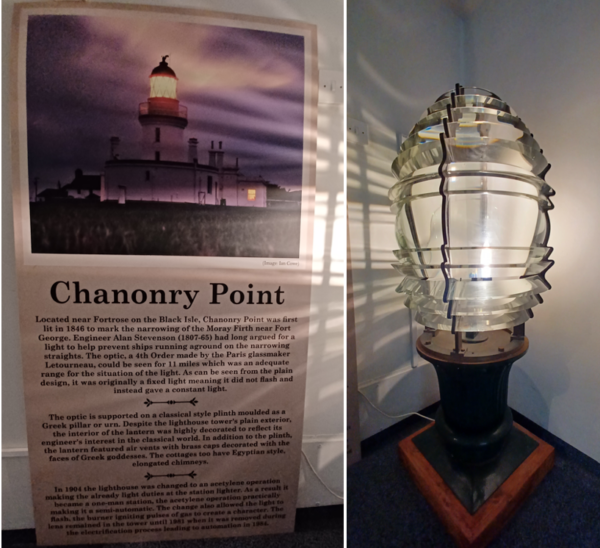
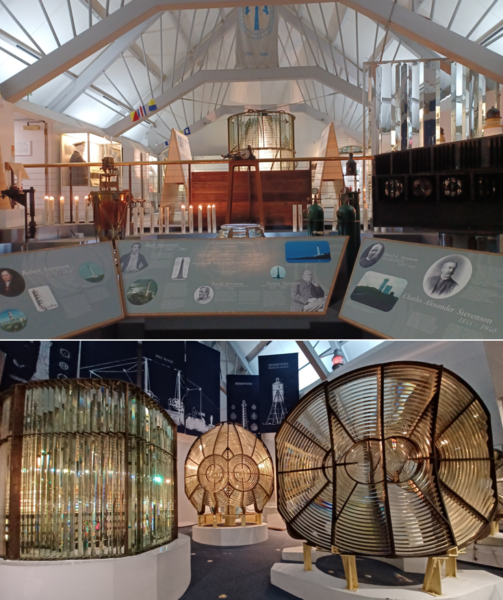
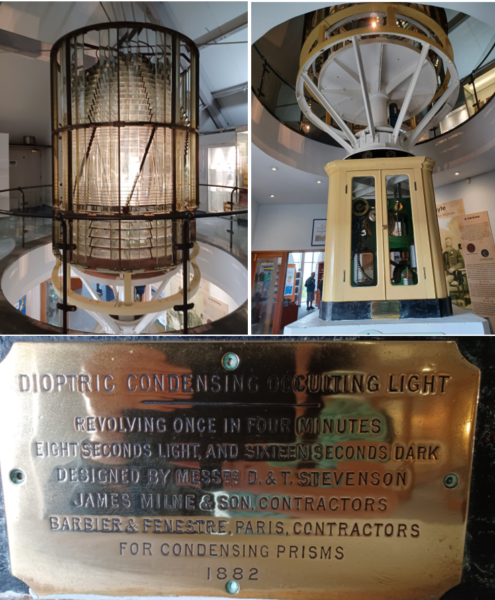
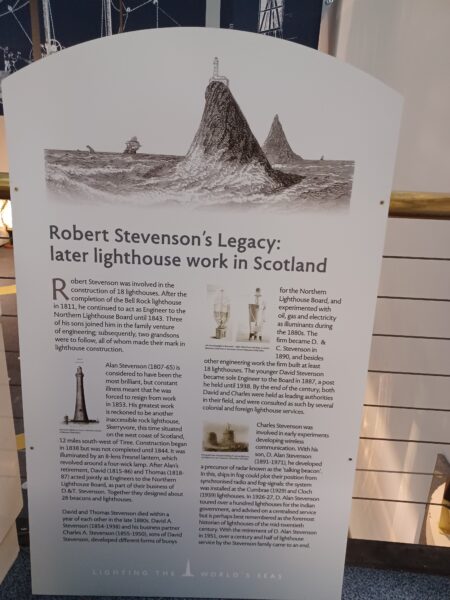
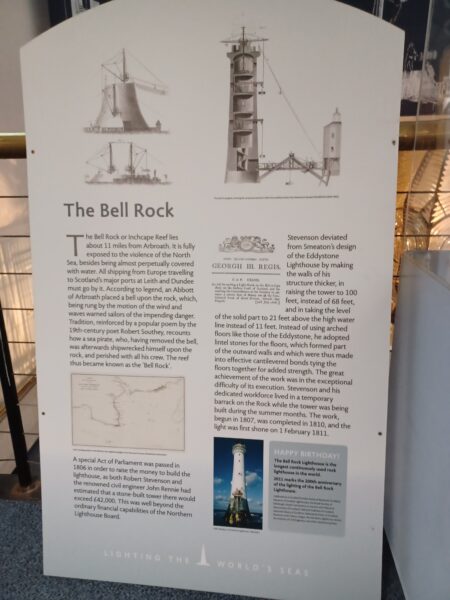
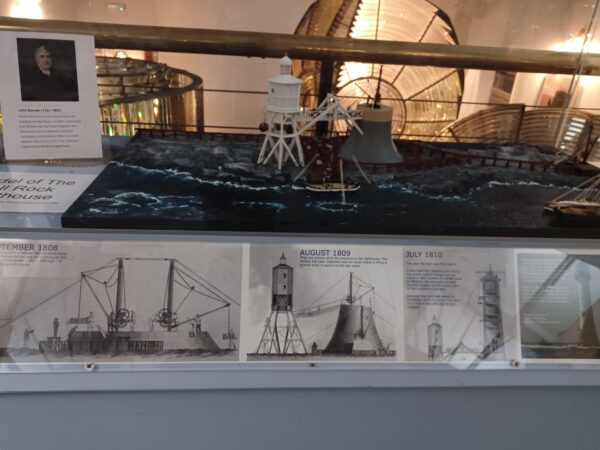
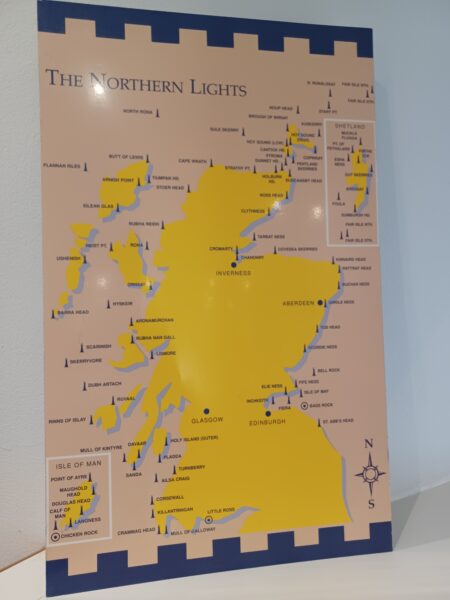
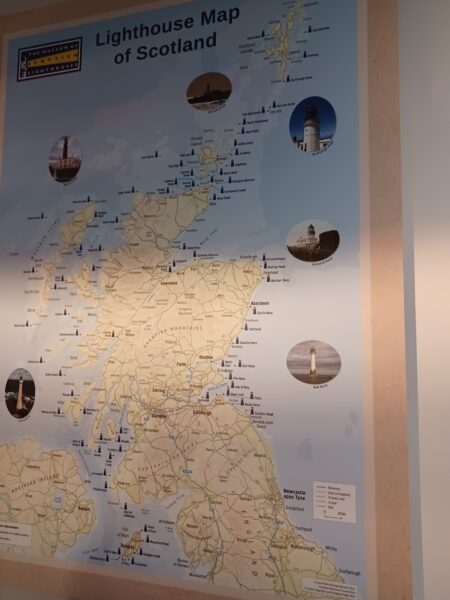

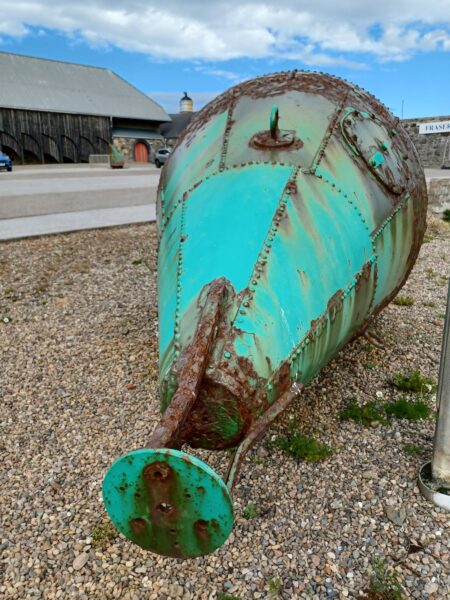

 Gaelic method of reciting of the male members of a family tree, sloinneadh, all the precious ‘connections to the local community’, heritage of knitting, peats, creel and rope making, weaving, families widening out but often returning, ‘recognising our closeness to other cultures‘, ‘confidence in new life’, growth – babies of all species- keeping the ceilidh culture and the songs going, the ‘friendliness’ of the community.
Gaelic method of reciting of the male members of a family tree, sloinneadh, all the precious ‘connections to the local community’, heritage of knitting, peats, creel and rope making, weaving, families widening out but often returning, ‘recognising our closeness to other cultures‘, ‘confidence in new life’, growth – babies of all species- keeping the ceilidh culture and the songs going, the ‘friendliness’ of the community. The Cafaidh Gàidhlig sessions were also held in Sgoil Chàirinis over February and March. Smaller numbers here made these more intimate occasions and provided Gaelic speakers with an opportunity to speak freely in an informal setting. Games and learning activities, including the new Gaelic version of Scrabble and a beginners’ Gaelic lesson were available each morning.
The Cafaidh Gàidhlig sessions were also held in Sgoil Chàirinis over February and March. Smaller numbers here made these more intimate occasions and provided Gaelic speakers with an opportunity to speak freely in an informal setting. Games and learning activities, including the new Gaelic version of Scrabble and a beginners’ Gaelic lesson were available each morning.